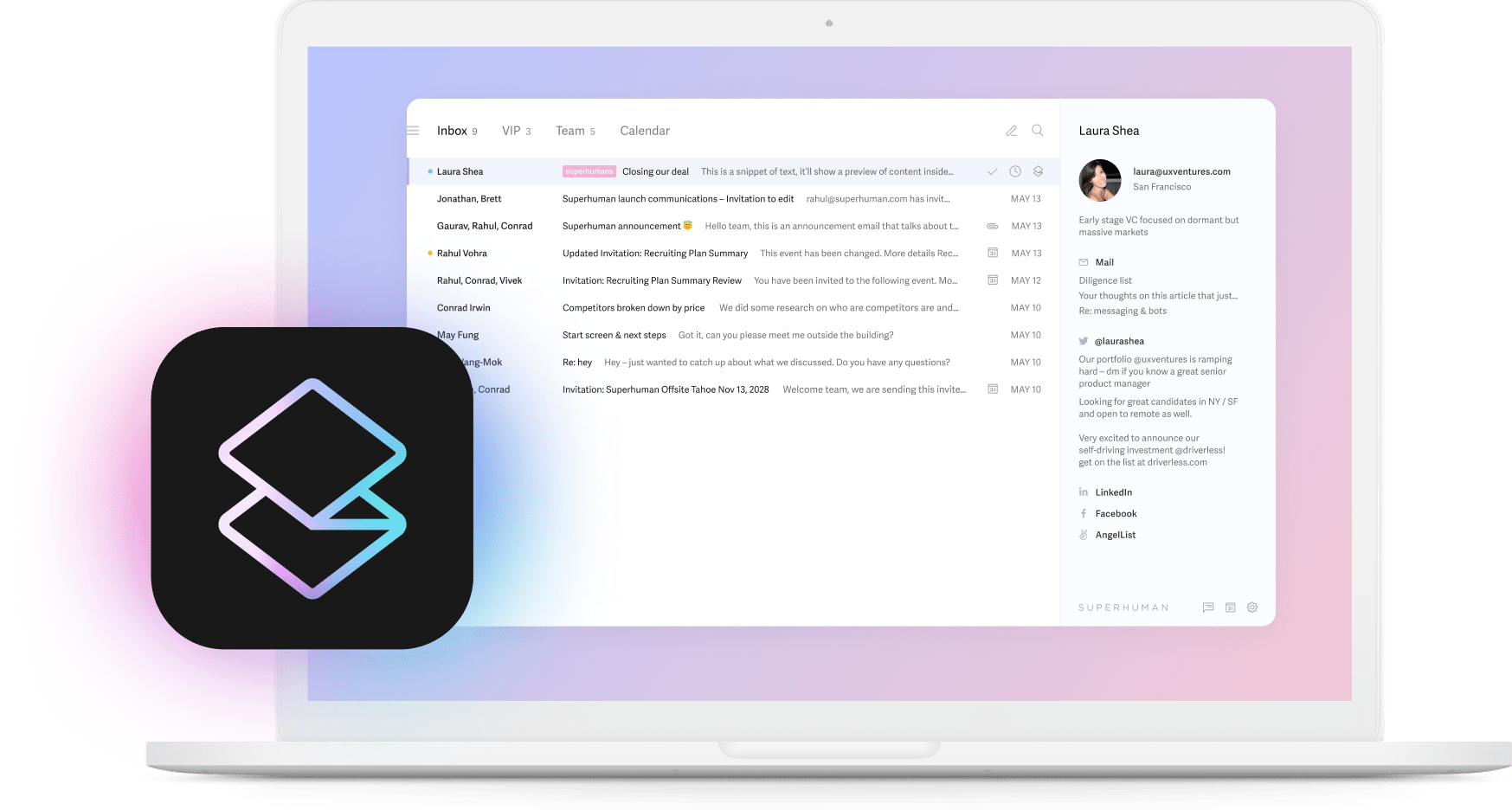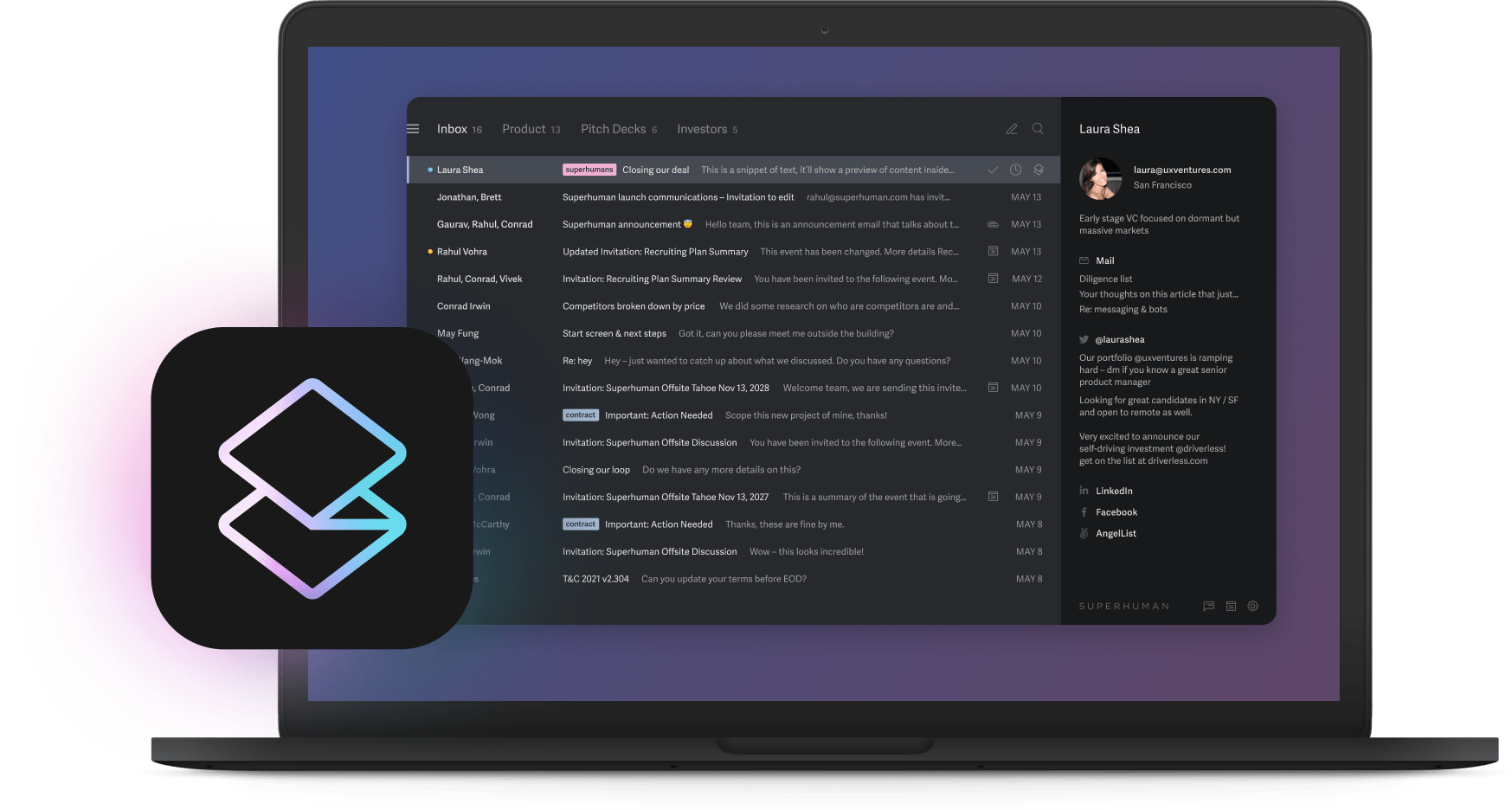
Diagonal communication in a workplace is when people from different levels or departments talk directly. It doesn't follow the conventional top-down or bottom-up patterns. It involves information moving sideways, cutting across different levels and departments.
For example, a manager from one department might reach out to lower-level employees in another department or vice versa.
In this guide, you’ll learn what is diagonal communication and how organizational diagonal communication works. We’ll cover:
What is diagonal communication?
4 advantages of diagonal communication
Challenges of diagonal communication
How to encourage diagonal communication in the workplace
What is diagonal communication?
Diagonal communication connects various teams and levels within an organization, fostering an open exchange of information.
Unlike traditional communication structures, diagonal communication doesn't set up barriers. It makes it easier for everyone to collaborate across the entire company. This means individuals from different departments and hierarchies can communicate freely and directly.
The result?
Enhanced overall communication, agile work environment, and increased organizational efficiency.
Diagonal communication examples in business
- A customer support associate asks the development team manager when the software updates will become available because customers are asking.
- A sales copywriter interviews the marketing director to unearth customer data and behavior to strengthen the copy.
- The product development lead reaches out to customer support representatives to better understand customer pain points to inform new product creation.
- A finance analyst collaborates directly with the operations supervisor to gather insights into budgetary considerations for upcoming projects, ensuring financial alignment with operational goals.
- An administrative assistant communicates directly with the human resources director to discuss employee feedback and complaints, contributing valuable input to the company's overall employee satisfaction initiatives.
- An entry-level employee from the sales department engages in a conversation with a senior executive from the research and development department to share insights gained from customer interactions, helping align product development with customer needs.
These instances highlight how diagonal communication facilitates direct connections across different parts of the organization. It breaks down information silos and promotes a more comprehensive understanding of various aspects within the business.
Vertical communication
Vertical communication flows from the employee to management (upward) and from management to the employee (downward). It's a top-down or bottom-up type of communication.
Downward communication: The vice president makes a company-wide announcement on new client acquisitions and the potential growth and impact on the company.
Upward communication: Subordinates give management feedback to inform them of potential issues or problems that need attention.
Horizontal communication
Horizontal or lateral communication occurs between peers or employees at the same hierarchical level for coordination and planning purposes.
If your startup is developing an app, you might call a meeting with leads from the sales and marketing team and the design and development team to provide input and different perspectives as you collaborate toward a common goal.
4 advantages of diagonal communication
Let's discuss some benefits of adopting an organizational culture where diagonal communication is encouraged and celebrated.
Enhances cross-functional collaboration
When the exchange of information crosses siloed departments and organizational structures, employees have access to information that would not otherwise have been available had departments kept their knowledge to themselves.
Teamwork allows employees to do their jobs easily—without jumping over unnecessary communication hurdles.
In company cultures that encourage diagonal communication, employees also feel more confident approaching management, and managers open their doors to collaboration, which builds trust and strengthens relationships.
The focus is on sharing information and transparency regardless of the reporting relationships, which fosters collaboration and teamwork.
Improves speed and efficiency
Diagonal communication allows the flow of information to happen freely and without hindrance or distractions.
Let's say an employee who works as a software engineer is working on a product improvement. He has questions about how customers interact with the software, so he wants to connect with someone in the marketing department with relevant data.
If diagonal communication were not a part of the company culture, this employee would need to discuss it with his superior and then wait for that person to communicate it to the correct point of contact.
This workflow leads to inefficiency and could create bottlenecks that threaten deadlines.
Diagonal communication facilitates efficient workflows that prevent in-person and digital distractions. Work productively and get the information you need in the fastest time possible.
Further reading: 16 business productivity tools to supercharge your team
Increases employee engagement and job satisfaction
In an environment that encourages people to communicate diagonally, employees are confident they can do their jobs with excellence because they have the freedom to communicate effectively.
Since they can freely access the information they need without hesitation, they're more engaged with their work and satisfied with their day-to-day responsibilities. Both employees and leaders are empowered as barriers to collaboration come down.
Diagonal communication also goes hand in hand with horizontal leadership.
Horizontal leaders give all employees an active voice and include them in the company's workings. Horizontal leaders encourage diagonal communication because it makes employees more engaged and confident that they can do their best work.
Minimizes misunderstandings
Ever played "Telephone"? It's like this: someone whispers a message around a circle, and by the end, it's often completely different from the start.
Similarly, the more people involved in a stream of workplace communication, the higher the chance of distortion and misinterpretation. Diagonal communication removes the intermediaries and keeps the messaging intact throughout the exchange.
Challenges of diagonal communication
Let's talk about the two main challenges or obstacles companies must overcome when incorporating diagonal communication into their company culture.
Dependent on healthy working environments
If your working environments tend toward hostility and competitiveness, you will have difficulty adapting to a diagonal communication style.
Diagonal communication requires trust and healthy business relationships. For diagonal communication to work, all team members must be transparent and not willfully conceal or withhold information for competitive purposes.
May leave key people out of discussions
If an employee engages in cross-functional communication and doesn't inform their team lead or stakeholders, it could create confusion and keep information siloed. Critical stakeholders will also miss crucial information, which could delay a project's progress.
Effective communication with Superhuman for Teams
Traditional email systems often impede diagonal communication, leaving stakeholders in the dark.
Enter Superhuman for Teams: a multi-player email client designed to break down communication barriers and streamline collaboration.
Here are some features that will enhance team productivity:
- Team Snippets: Share quick and consistent messages across your team for streamlined communication.
- Team Read Statuses: Keep everyone in the loop with shared read statuses, enabling context-rich follow-ups.
- Team Reply Indicators: Stay organized by knowing when your team responds, preventing overlaps and awkward collisions.
- Team Scheduling: Find the best meeting times by checking your team's availability.
So far, Superhuman has saved teams 10+ million hours annually!
Want to get started with Superhuman for Teams? Hit Cmd+K (Mac) or Ctrl+K (Windows) → Add to Team.
Try SuperhumanHow to encourage diagonal communication in the workplace
While it can help teams problem-solve and speed up decision-making, it can also lead to confusion and a lack of clear responsibility if not managed effectively. Here’s how to make it work for you.
Keep employees in the loop
Create a transparent chain of command in messaging, fostering direct communication between superiors and project stakeholders. This structured approach ensures smooth information flows among key players, minimizing the risk of miscommunication or delays.
A simple CC to the direct manager or lead on cross-functional communication will solve many potential problems.
For example, suppose a developer wants to contact customer service to learn about customer pain points with the software. In that case, they should CC the customer service lead and the development manager to keep them in the loop.
Watch out for bottlenecks, however, when team members get stuck on which stakeholders to invite to the conversation. Here are some tips to help employees tag the right stakeholders in company communication:
- Schedule weekly standup meetings to help team members identify stakeholders they may not have CC’ed on the original email thread.
Pro tip: Use Superhuman to schedule meetings across time zones. Just hit B to create an event and start typing the time zone or city, and we'll handle the math:
- When sending cross-functional email correspondence, ask recipients if you should add anyone else to the contact list to encourage transparency.
- Create a brief workflow that outlines general diagonal communication tips. For example, if you're messaging a colleague about sensitive information (customer data, financial figures, etc.), cc the department head so they know of any data sharing and can contribute to the conversation, if needed, to avoid any bottlenecks.
Exercise transparency
One way to keep working environments healthy is to address barriers to communication and foster an environment of trust and transparency.
People in different departments might not communicate the same or share your interests and skills. Before you speak to team members in other departments or colleagues on different levels, take a step back and consider how they might perceive your words.
- Clarity: Be clear in your communication and avoid jargon or technical words only your department might understand.
For example, a customer service representative might not understand what the marketing lead means when they ask a question that includes the term CTR. Meanwhile, a marketing lead might not understand what accounting means when they refer to FE vs. VE. - Active vs. selective listening: Be aware if you're engaging in selective listening as you might be tuning out important information. Stay active, engage in the conversation to extract all necessary details, and avoid asking the recipient the same questions again.
- Linguistic differences: Pay attention to linguistic differences such as differing dialects and language barriers. If language is an impediment, consider email communication instead of face-to-face.
- Calendar sharing: Give your team visibility by sharing your Google Calendar (or similar). This way, everyone can see who's working on what.
- Ask questions: If you don't understand something, ask enough questions for clarification.
- Alignment: Ensure your team uses the same communication type so everyone stays on the same page. We recommend email for most meeting syncs so you can cc all stakeholders, and employees will have a written record of the conversations to refer back to.
Define diagonal communication flows
Define answers to FAQs and create guidelines for employees when they communicate outside of a department, whether to a colleague, a department lead, or a manager:
- Instruct your team on how to write effective emails to achieve buy-in and keep recipients engaged and responsive.
- Create communication processes or workflows to instruct team members on the proposed diagonal communication channels and protocols to use when contacting team members outside of their department.
- Gather the workflows into a communications guide to make it easy for your team to access.
Further reading: The definitive guide to communication for hybrid teams
Wrapping up
Email is one of the strongest and most effective ways to communicate diagonally. It keeps communication transparent with a written record of conversations so employees can easily keep stakeholders in the loop to prevent any barriers to a project's progress.
But managing a busy inbox (personally and professionally) comes with challenges.
Superhuman can help and give you peace of mind. Face the day with a zeroed-out inbox, and never miss out on another opportunity because you didn't have enough time to get through your email.
With Superhuman, you and your team can work faster and more efficiently. Get through your inbox twice as fast and prioritize like a pro — automate triage so it happens while you sleep!
Increase your response time, and never block your team or miss out on important emails again.
Get started with Superhuman today and get your team communicating in the fastest way possible. Prioritize your inbox so you can finally focus on what matters most.






